Journey Through Minor Prophets, Part 2Намуна

Nahum: Behind the Text
Nahum predicts a turning of the tables on the world’s most powerful and brutal empire. They will experience a judgment that fits their crimes.
Siege Tactics
Assyria’s tactic of laying siege to cities and damming up their water sources was an exceptionally cruel one. Only the most ruthless armies did this.
What made this tactic so cruel? With water in short supply, whom do you think received available water in cities under siege?
Not the women and children, and especially not those who were isolated or disadvantaged, like widows or people with disabilities. Leaders and soldiers took any available water prioritizing themselves as defenders of the city. Those in combat often suffered violent deaths at the end of the ordeal, but the first to die would typically be the women, children and elderly. Sieges of this kind were full of barbarism and tragedy long before the walls were breached.
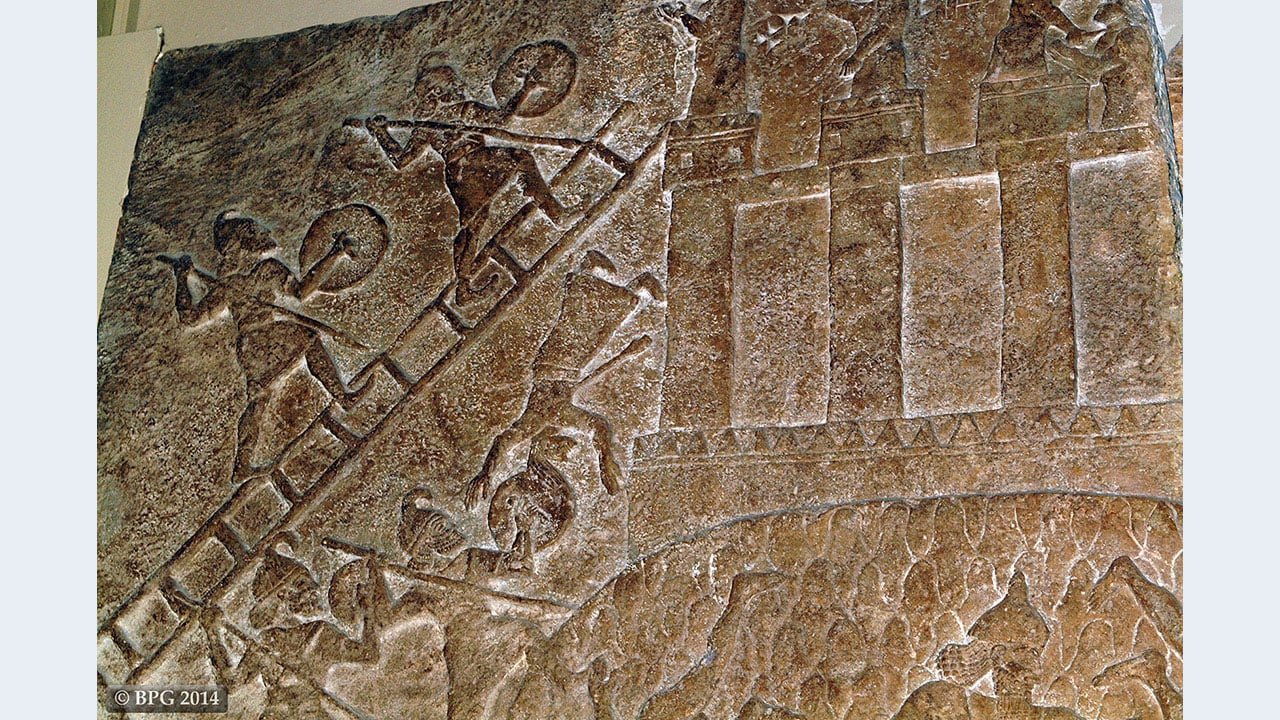
Cities & Their Gods
In World War II, the battle for Stalingrad in the Soviet Union had special significance because the city was named after Joseph Stalin, the leader of the USSR. For the Soviet people, fighting for that city became a symbolic landmark for defending the nation as a whole. In the same way, ancient cities were named after their gods. The rise and fall of a city would be a symbolic defeat or victory for its namesake.
No-amon was the ancient name of Thebes, but also the name of the Egyptian god who was said to protect it—Amon. The name No-amon was a way of saying “No, the city of the god Amon."
Likewise, the defeat of Nineveh—the largest city in the ancient world—symbolized the defeat of “Nin” (or “Ninus"), the deity it was named after. The fall of ancient cities like No-amon or Nineveh were symbolic events as much as they were military ones. What was at stake was not only victory and defeat, but also honor and shame for the people and their gods.
Nineveh & Thebes
Assyrian Empire
The following map shows the full extent of the Assyrian Empire in the 7th century BC, around the time of Nahum.
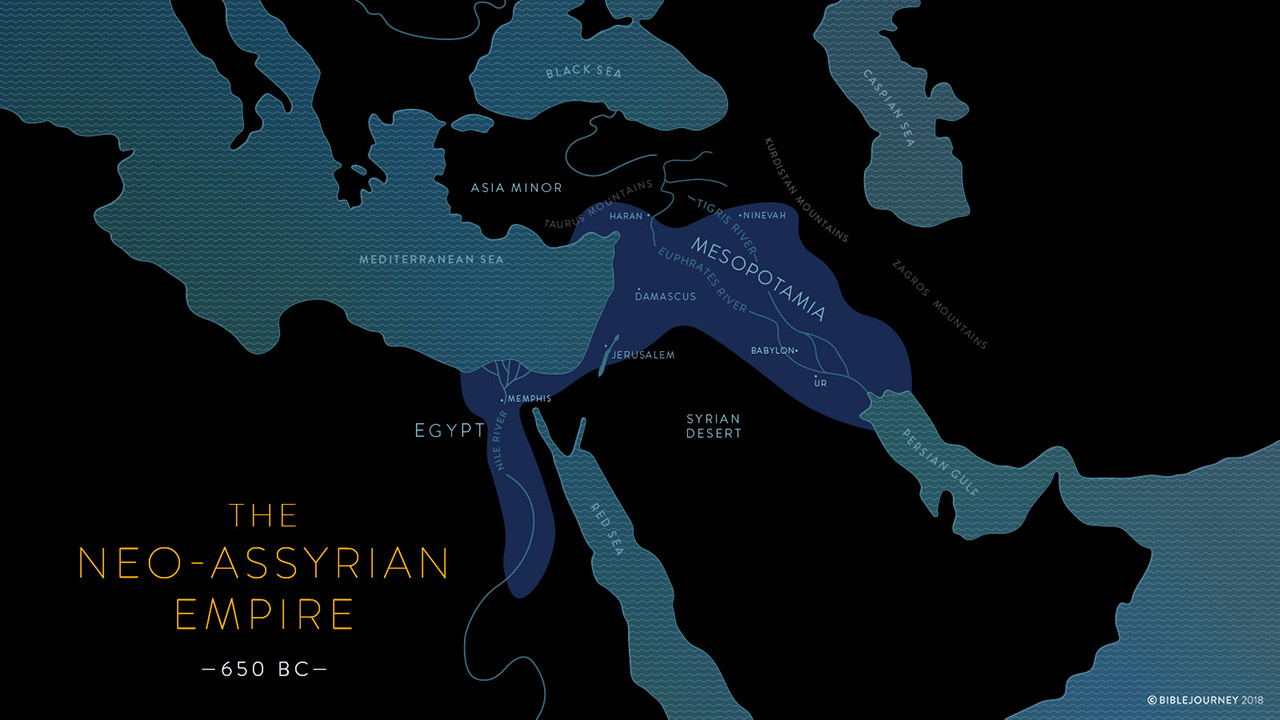
The following map shows approximately 1,200 years of history of the Assyrian empire, going back to c. 1800 BC. You can see Nineveh at the heart of the empire from its beginnings.
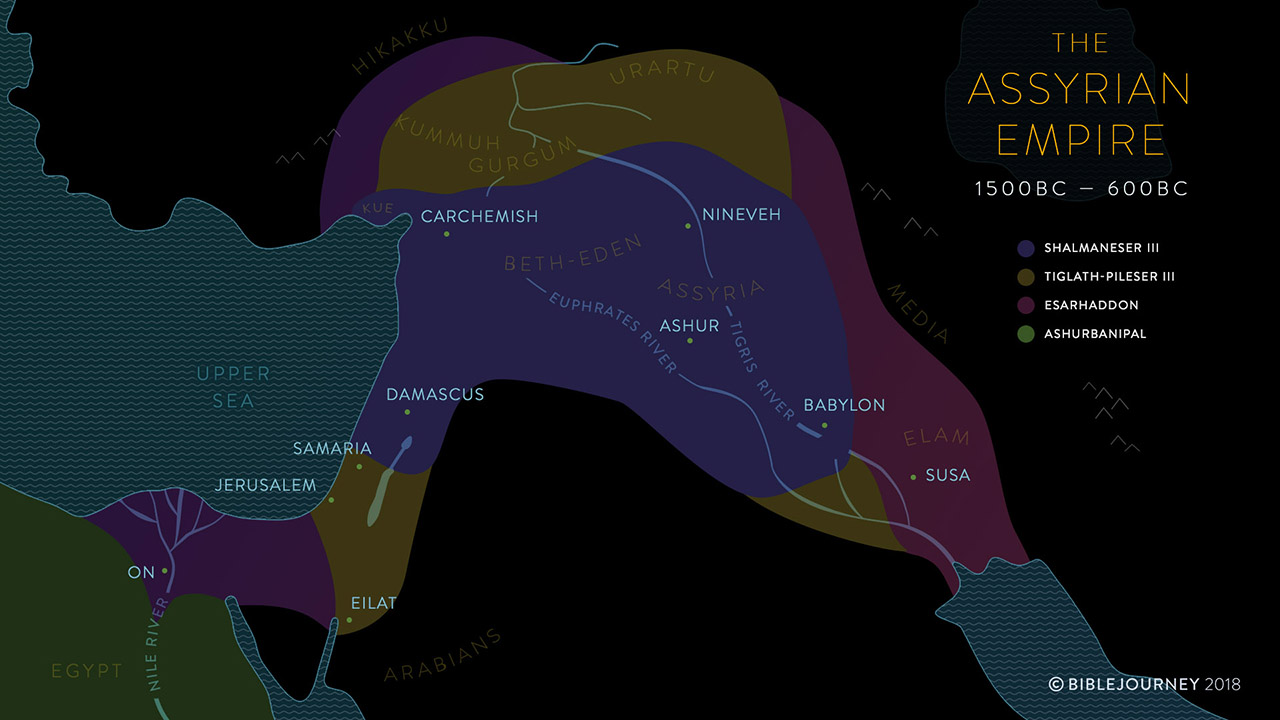
The Assyrian Empire was nothing new at the time of Nahum. It had been around for many centuries, slowly expanding its influence through various historical stages. In fact, Jonah had walked straight into the middle of the Assyrian Empire when he preached against Nineveh, more than 100 years before Nahum.
The maps above show the growth of Assyria. The Assyrians extended their power all the way down to Egypt. Succeeding empires (“cats”) will likewise control roughly this same territory (Babylon, Persia, Greece and Rome). The Northern Kingdom of Israel falls to Assyria in 722 BC. All the “mice” in the region of the Promised Land will eventually succumb to their power, with the exception of the Southern Kingdom of Judah.
Nahum will prophesy the downfall of Assyria. Their demise will be at the hands of the Babylonians, who will later bring down the Southern Kingdom of Judah. The continuing cycle of rising and falling empires, or “cats,” is the background of the prophets we are studying in this course and the next.
Brutality of the Assyrians
The Assyrians were brutal in behavior and art. Here they are putting their enemies, literally, "under their feet."
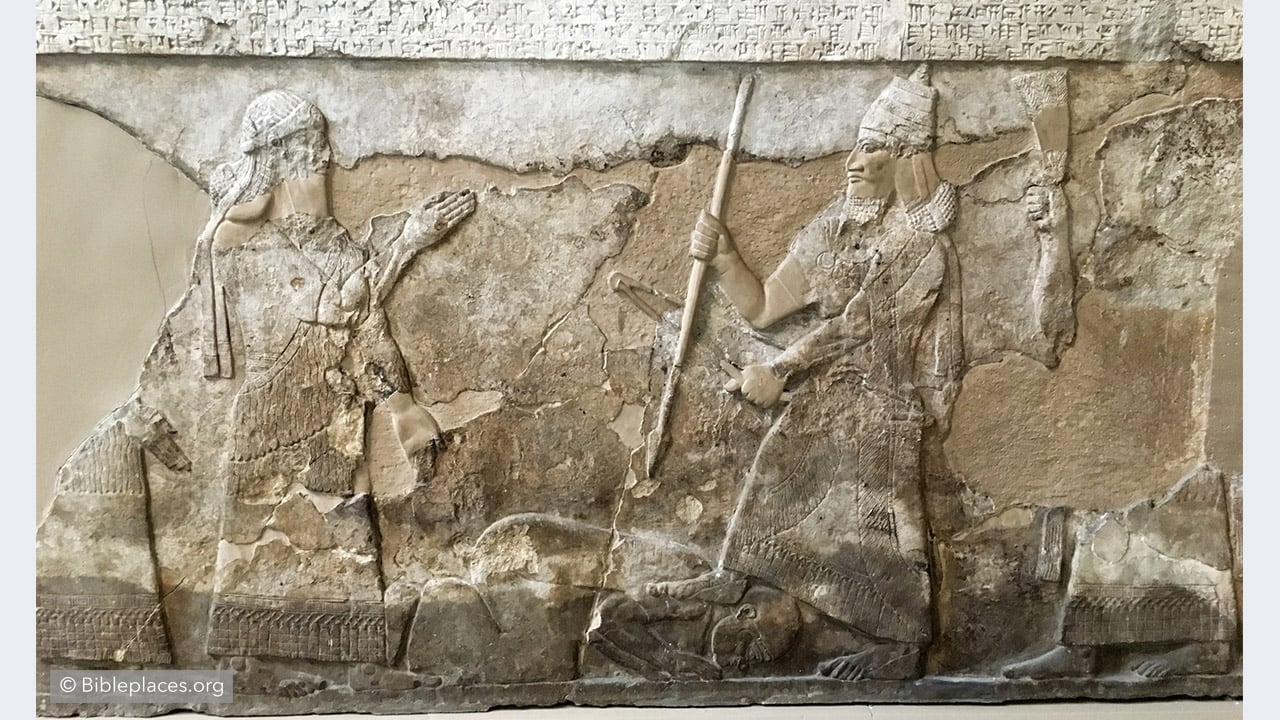
In addition to showing an Assyrian battering ram and archers, the following image also shows bodies strewn on the ground (bottom left) and a series of men impaled (top middle).
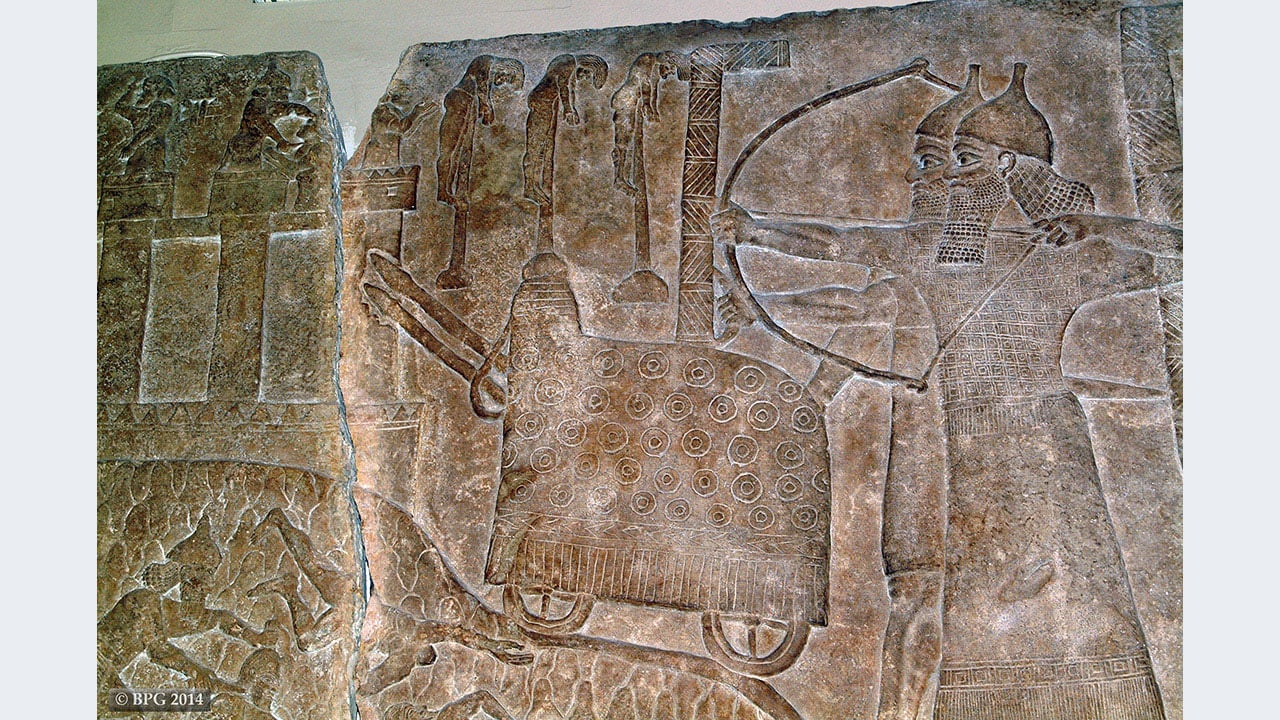
The following relief sculpture of the battle of Lachish portrays Assyrians preparing to “flay” the skin off Judean prisoners after their defeat.
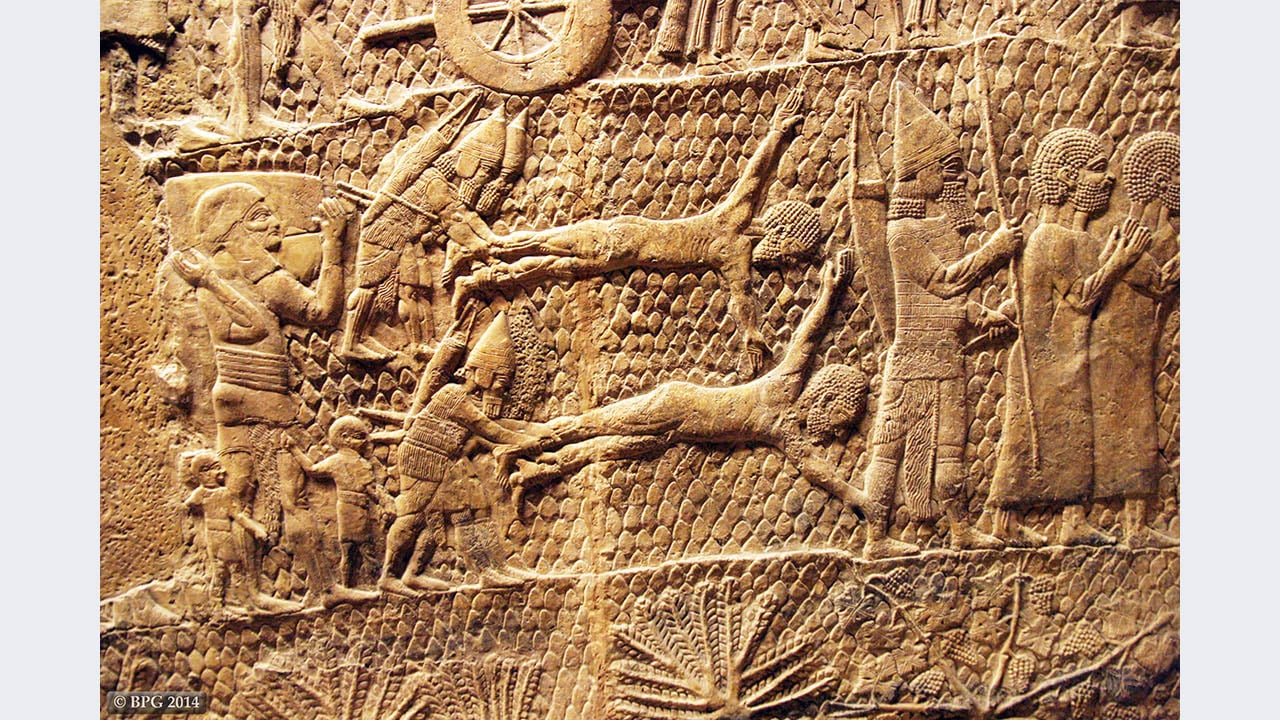
The Assyrians depicted floating Egyptian corpses on the walls of King Ashurbanipal’s palace (648–631 BC). The flooding of Nineveh would begin its downfall in 612 BC.

The Assyrians built their empire with a combination of terrorizing methods for conquest, humiliation and subjugation. They would cut out the tongues and eyes of captives and stack dismembered corpses at the gates of conquered cities. As Nahum wrote, “Many slain, a mass of corpses, and countless dead bodies” (3:3, NASB). This is the empire against which Nahum is delivering his message from YHWH: They will soon be judged by the God who used them to judge the Northern Kingdom of Israel.
About this Plan

Have you ever wished for a Bible study that could take you beyond surface-level reading? If so, get ready for our journey through Minor Prophets, Part 2! You'll get to immerse yourself in Scripture (by looking at key terms and ideas), explore what's behind it (by learning historical-cultural background), and also discover its impact by considering its implications, not only for you, but for the global church. Let's dive in!
More
Нақшаҳои марбут ба мавзӯъ

GRACE Abounds for the Spouse

POWER UP: 5 Days of Inspiration for Connecting to God's Power

Back to School, Back to You

Letting Go and Trusting God

Battling Addiction

2 Chronicles | Chapter Summaries + Study Questions

Spirituality and Prayer Life in the Ancient Faith

Journey Through the Minor Prophets, Part 3

Journey Through Psalms & Song of Songs
